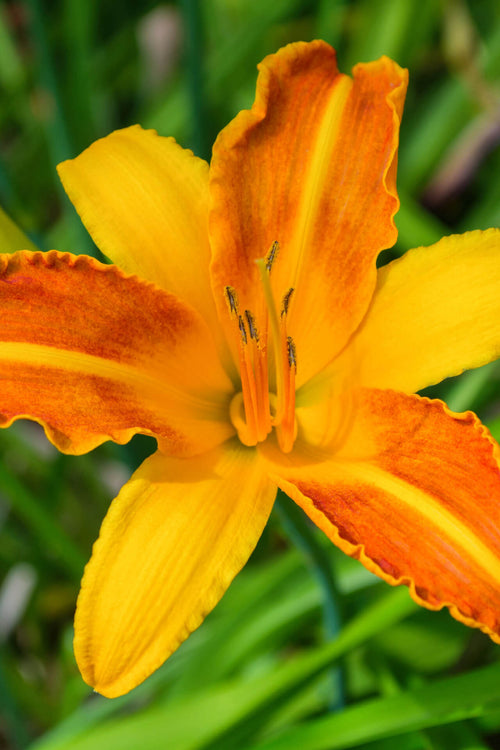The Best Perennials For Your Garden
When choosing perennials for your garden, several factors include location, soil conditions, sunlight availability, and personal preferences.
Here are some popular and reliable perennial plant choices that work well in many gardens:
Coneflowers (Echinacea):
These colorful flowers are known for their daisy-like appearance and come in various shades. They are drought-tolerant and attract pollinators.
Black-eyed Susans (Rudbeckia): These bright yellow flowers with dark centers add a cheerful touch to any garden. They are low-maintenance and thrive in full sun.
Daylilies (Hemerocallis): Daylilies are available in a wide range of colors and bloom for an extended period. They are hardy, adaptable, and can tolerate different soil conditions.
Hostas: These shade-loving perennials are prized for their attractive foliage. Hostas come in various sizes, colors, and leaf shapes, adding texture and beauty to shady areas.
Russian Sage (Perovskia atriplicifolia): With its silvery-gray foliage and delicate lavender flowers, Russian sage adds an airy, aromatic element to the garden. It thrives in dry conditions and attracts butterflies.
Shasta Daisies (Leucanthemum x superbum): These classic white daisies with yellow centers quickly grow and make excellent cut flowers.
Most Perennials like full sun but can handle some shade
Sedum (Stonecrop): Sedums are low-maintenance plants in many shapes and sizes. They are drought-tolerant and thrive in sunny, well-drained areas.
Salvia (Sage): Salvias are available in different varieties, including perennial ones like Salvia nemorosa or Salvia officinalis. They offer an array of colors, attract pollinators, and are often deer-resistant.
Coreopsis (Tickseed): Coreopsis is known for its bright yellow flowers that bloom profusely throughout the summer. They are drought-tolerant, low-maintenance, and attract butterflies.
Peonies: Peonies are beloved for their large, fragrant flowers and are available in various colors. They require drained soil and full sun to flourish.
Remember to consider your specific climate and gardening conditions when selecting perennials
Researching further and consulting local nurseries or gardening experts for recommendations tailored to your region is always a good idea.



















































